-
 Bitcoin
Bitcoin $116400
-0.36% -
 Ethereum
Ethereum $4033
3.40% -
 XRP
XRP $3.302
-1.26% -
 Tether USDt
Tether USDt $1.000
-0.02% -
 BNB
BNB $796.1
1.67% -
 Solana
Solana $177.8
1.89% -
 USDC
USDC $0.9999
0.00% -
 Dogecoin
Dogecoin $0.2314
4.09% -
 TRON
TRON $0.3381
0.14% -
 Cardano
Cardano $0.7989
1.22% -
 Stellar
Stellar $0.4496
-1.84% -
 Chainlink
Chainlink $20.42
9.42% -
 Hyperliquid
Hyperliquid $41.17
0.88% -
 Sui
Sui $3.914
3.77% -
 Bitcoin Cash
Bitcoin Cash $584.7
1.52% -
 Hedera
Hedera $0.2632
-0.54% -
 Avalanche
Avalanche $24.09
3.40% -
 Ethena USDe
Ethena USDe $1.001
-0.02% -
 Litecoin
Litecoin $123.2
1.33% -
 Toncoin
Toncoin $3.318
-0.04% -
 UNUS SED LEO
UNUS SED LEO $8.984
-0.05% -
 Shiba Inu
Shiba Inu $0.00001323
2.85% -
 Uniswap
Uniswap $10.90
4.41% -
 Polkadot
Polkadot $3.999
3.34% -
 Dai
Dai $1.000
0.01% -
 Cronos
Cronos $0.1630
9.64% -
 Bitget Token
Bitget Token $4.484
0.82% -
 Monero
Monero $272.4
2.44% -
 Pepe
Pepe $0.00001173
6.03% -
 Aave
Aave $290.8
2.88%
Does the ETH wallet address support cross-chain transfers?
ETH wallet addresses don't inherently support cross-chain transfers; bridging technologies are necessary to move ETH between blockchains, each method offering varying security and speed.
Mar 07, 2025 at 08:06 am
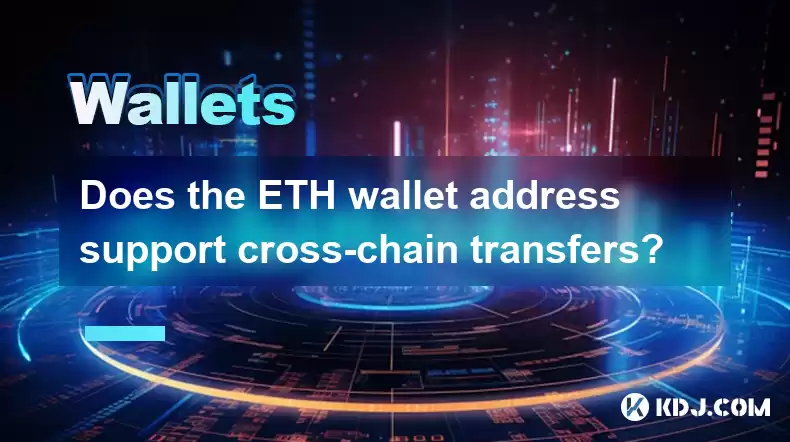
Key Points:
- ETH wallet addresses themselves do not inherently support cross-chain transfers. They are designed to function specifically on the Ethereum blockchain.
- Cross-chain transfers involving ETH require bridging technologies or protocols.
- Several methods exist for moving ETH-like assets across different chains, each with its own security and speed considerations.
- Understanding the nuances of each method is crucial to avoid scams and ensure successful transfers.
Does the ETH Wallet Address Support Cross-Chain Transfers?
The short answer is no. An Ethereum (ETH) wallet address, by its very nature, only functions within the Ethereum blockchain. It's a unique identifier linked to a specific account on the Ethereum network. Transactions using this address are processed and recorded solely on the Ethereum blockchain. To move ETH to another blockchain, you need to utilize a bridging mechanism.
This limitation stems from the fundamental architecture of blockchains. Each blockchain operates independently, with its own set of rules, consensus mechanisms, and transaction validation processes. Direct transfer of assets between these disparate systems isn't possible without intermediary solutions. Think of it like trying to send a letter directly from one country's postal system to another without international mail services – it's simply not how the systems are designed to work.
Methods for Cross-Chain ETH Transfers:
Several methods facilitate cross-chain transfers involving ETH or ETH-compatible tokens. These methods typically involve locking ETH on the Ethereum blockchain and minting an equivalent representation (a wrapped token) on the destination blockchain. The process is reversible, allowing you to later redeem your original ETH.
- Wrapped ETH (wETH): This is a common method. wETH is an ERC-20 token representing ETH on other blockchains. You can bridge your ETH to obtain wETH on a different network. Services like Chainlink and others facilitate this. This involves using a decentralized exchange (DEX) or a centralized exchange (CEX) to wrap your ETH.
- Atomic Swaps: These are peer-to-peer transactions that don't require intermediaries. They exchange one cryptocurrency for another directly between two blockchains without relying on a third-party custodian. However, atomic swaps are not widely adopted for ETH transfers across all chains.
- Cross-Chain Bridges: These are protocols specifically designed to facilitate the transfer of assets between blockchains. They typically involve locking the original asset on one chain and issuing a corresponding token on the other. Popular bridges include Wormhole, RenBridge, and others. Each bridge has its own security features and processes.
- Centralized Exchanges (CEXs): Many large exchanges support the deposit and withdrawal of ETH across various blockchains. They act as intermediaries, facilitating the transfer. This method is often convenient but carries the risk associated with entrusting your funds to a third party. Always research the exchange's reputation and security measures before using this method.
Security Considerations:
When undertaking cross-chain transfers, security is paramount. Always thoroughly research any bridge, exchange, or protocol you intend to use. Look for audits, community reviews, and evidence of a strong security track record. Be wary of scams and phishing attempts, as the complexity of cross-chain transactions presents opportunities for malicious actors. Never share your private keys with anyone, and only use official websites and applications.
The process of bridging often involves interacting with smart contracts. Understanding the code and its implications is important but may require technical expertise. If you are unfamiliar with smart contracts, relying on reputable and well-established bridges is highly advisable. Incorrectly interacting with a smart contract can lead to the loss of your funds.
Understanding Gas Fees:
Gas fees are unavoidable when interacting with the Ethereum network. These fees compensate miners for processing transactions. Cross-chain transfers often involve multiple transactions on different chains, leading to potentially higher gas fees than a simple ETH transfer within the Ethereum network. The amount of the gas fees will vary based on network congestion. It is important to monitor gas fees and optimize transactions to minimize costs.
Choosing the Right Method:
The best method for transferring ETH across chains depends on various factors, including the destination blockchain, the amount of ETH being transferred, the desired speed, and the level of security you require. Decentralized bridges generally offer greater security but might be slower, while centralized exchanges might be faster but involve more risk. Always prioritize security and carefully assess the trade-offs before making a decision.
Frequently Asked Questions:
Q: Is it safe to use cross-chain bridges?
A: The safety of using a cross-chain bridge depends heavily on the specific bridge chosen. Thorough research, including security audits and community reputation, is essential before using any bridge. Bridges with a proven track record and robust security measures are generally safer.
Q: What are the risks of using centralized exchanges for cross-chain transfers?
A: Using a centralized exchange introduces counterparty risk. If the exchange is compromised or goes bankrupt, you risk losing your funds. However, centralized exchanges often offer a more user-friendly and streamlined experience.
Q: Can I use any ETH wallet for cross-chain transfers?
A: No. While you may use your ETH wallet to initiate the transfer process (e.g., sending ETH to a bridge), the specific requirements vary depending on the chosen method. Some bridges might require interaction with their own wallets or interfaces.
Q: What happens if a cross-chain transfer fails?
A: The outcome of a failed cross-chain transfer depends on the cause and the specific method used. Sometimes funds are simply held up, while in other cases, they might be lost. Thorough understanding of the chosen method's failure scenarios is crucial.
Q: How long does a cross-chain ETH transfer take?
A: The transfer time varies significantly depending on the chosen method and network congestion. It can range from a few minutes to several hours or even days. Network congestion on both the source and destination blockchains can significantly impact transfer times.
Disclaimer:info@kdj.com
The information provided is not trading advice. kdj.com does not assume any responsibility for any investments made based on the information provided in this article. Cryptocurrencies are highly volatile and it is highly recommended that you invest with caution after thorough research!
If you believe that the content used on this website infringes your copyright, please contact us immediately (info@kdj.com) and we will delete it promptly.
- Moat Stocks & Mega-Cap Momentum: July's Standout Performance
- 2025-08-09 12:30:12
- Injective (INJ) Eyes $15.39 Breakout Amidst Explosive Network Growth
- 2025-08-09 12:30:12
- Ripple vs. SEC: XRP Price Soars as Legal Battles End, But Can It Outpace Rising Competitors?
- 2025-08-09 13:10:12
- DWP Management, XRP, and Digital Asset Funds: A New Era for Institutional Investment?
- 2025-08-09 13:30:12
- Pi Network's KYB Verification: A Leap Towards Sustainable Token Launch
- 2025-08-09 13:30:12
- Bitcoin, Dollar Alternative, and Institutional Adoption: A New Era?
- 2025-08-09 13:35:12
Related knowledge
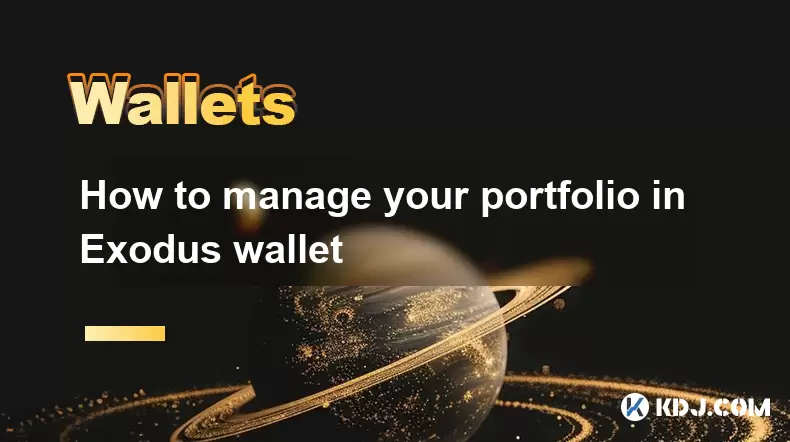
How to manage your portfolio in Exodus wallet
Aug 08,2025 at 10:07pm
Understanding the Exodus Wallet InterfaceThe Exodus wallet is a non-custodial cryptocurrency wallet that supports a wide range of digital assets. When...
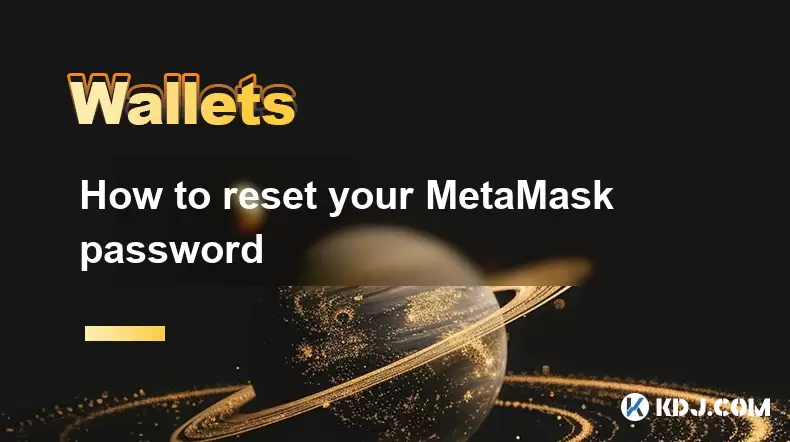
How to reset your MetaMask password
Aug 08,2025 at 01:28pm
Understanding the MetaMask Password Reset ProcessMany users confuse the MetaMask password with the seed phrase or private key, but they serve differen...
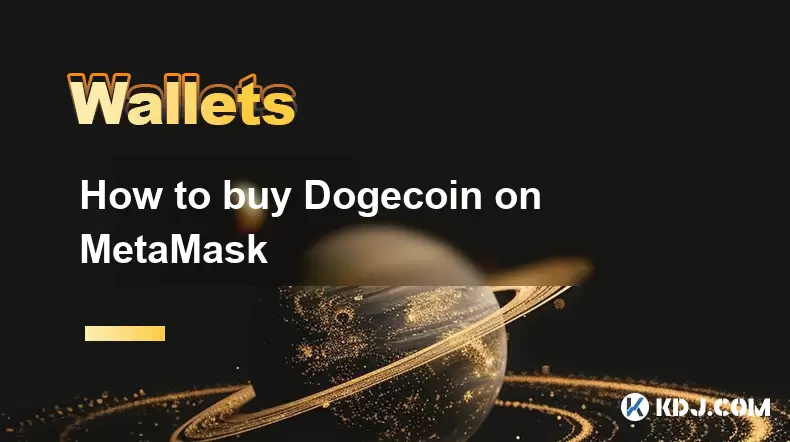
How to buy Dogecoin on MetaMask
Aug 08,2025 at 03:42am
Understanding Dogecoin and MetaMask CompatibilityDogecoin (DOGE) is a popular meme-based cryptocurrency that operates on its own blockchain, originall...
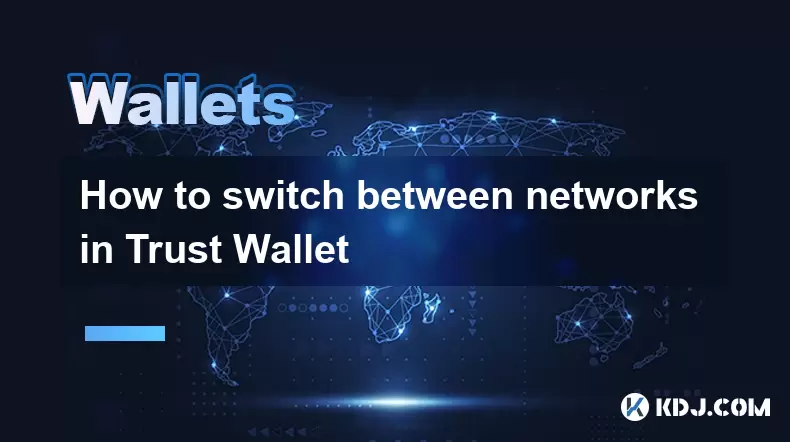
How to switch between networks in Trust Wallet
Aug 09,2025 at 11:07am
Understanding Network Switching in Trust WalletSwitching between networks in Trust Wallet allows users to manage assets across different blockchains, ...
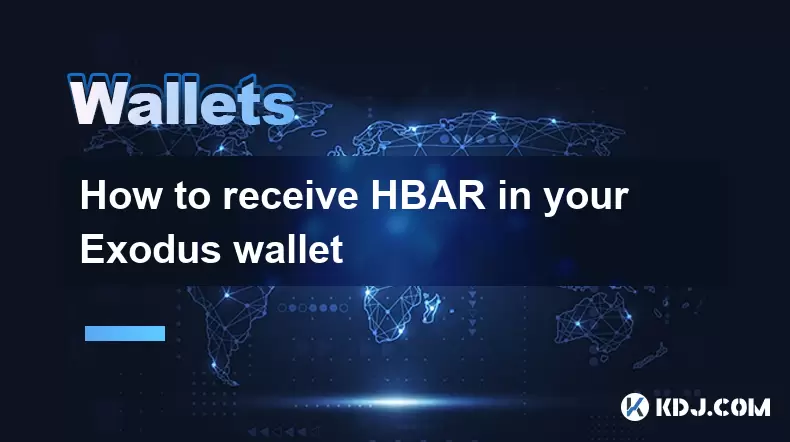
How to receive HBAR in your Exodus wallet
Aug 08,2025 at 11:28pm
Understanding HBAR and the Hedera NetworkThe HBAR cryptocurrency is the native token of the Hedera Hashgraph network, a distributed ledger technology ...
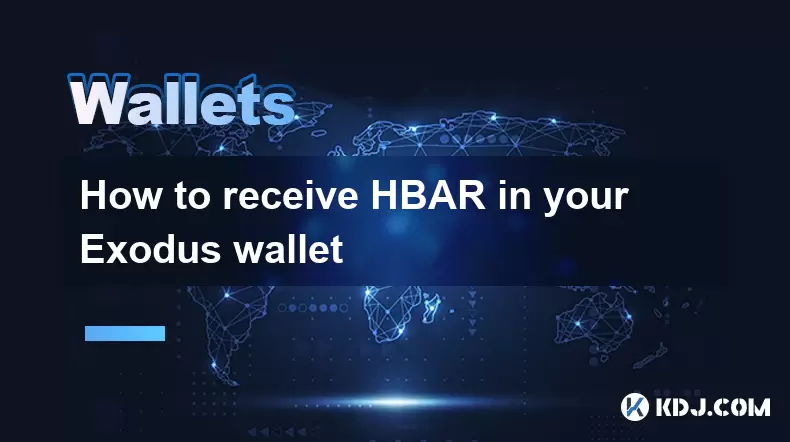
How to receive HBAR in your Exodus wallet
Aug 09,2025 at 06:07am
Understanding HBAR and the Hedera NetworkHBAR is the native cryptocurrency of the Hedera Hashgraph network, a distributed ledger technology that uses ...

How to manage your portfolio in Exodus wallet
Aug 08,2025 at 10:07pm
Understanding the Exodus Wallet InterfaceThe Exodus wallet is a non-custodial cryptocurrency wallet that supports a wide range of digital assets. When...

How to reset your MetaMask password
Aug 08,2025 at 01:28pm
Understanding the MetaMask Password Reset ProcessMany users confuse the MetaMask password with the seed phrase or private key, but they serve differen...

How to buy Dogecoin on MetaMask
Aug 08,2025 at 03:42am
Understanding Dogecoin and MetaMask CompatibilityDogecoin (DOGE) is a popular meme-based cryptocurrency that operates on its own blockchain, originall...

How to switch between networks in Trust Wallet
Aug 09,2025 at 11:07am
Understanding Network Switching in Trust WalletSwitching between networks in Trust Wallet allows users to manage assets across different blockchains, ...

How to receive HBAR in your Exodus wallet
Aug 08,2025 at 11:28pm
Understanding HBAR and the Hedera NetworkThe HBAR cryptocurrency is the native token of the Hedera Hashgraph network, a distributed ledger technology ...

How to receive HBAR in your Exodus wallet
Aug 09,2025 at 06:07am
Understanding HBAR and the Hedera NetworkHBAR is the native cryptocurrency of the Hedera Hashgraph network, a distributed ledger technology that uses ...
See all articles

























































































